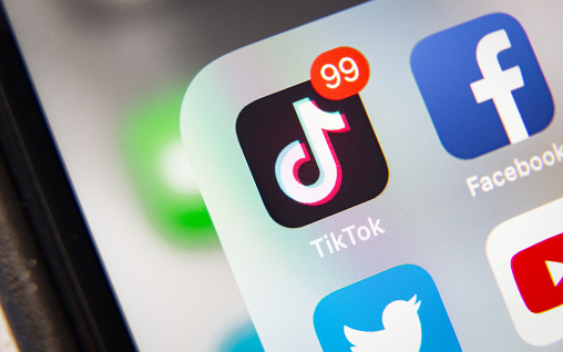
India bans Chinese apps, what will be the effect?
Due to the conflict between China and India the other day, India lifted a “storm”. The Indian government ban 59 Apps from China. Plenty of China mainstream enterprises such as BAT and ByteDance are on the list.
Nearly half of the top 100 apps are developed by Chinese companies in the Indian application stores. Most users have not found that the apps come from China because the localization has been mature.
Invasion is more than a “Tiktok”
It is not only Chinese mobile software, but also hardware such as mobile phones and other digital products have been “invaded”. India fell into “Sinicization”. Since the Chinese brand entered the Indian, mobile phones, computers, and TVs from the Chinese brand dominated the Indian market. Among the top five in market share, four are from China, including Xiaomi, Vivo, OPPO, and Realme. The shipment of the Xiaomi phone reached 43.6 million+, with a market share of 28.6%, which is almost 150% of Samsung.
In addition to the mobile phone, brands from China are also effective on TV and laptop. in 2019, the shipments of Xiaomi TV accounted for 27% of the total Indian smart TV market. In other words, every 4 smart TVs sold in India, one is Xiaomi’s. The situation is the same in the computer market. Due to the good reputation of the ThinkPad series in commercial computers, the performance of Lenovo in Indian is also remarkable.
It brings about these questions: India claims to be “the largest democracy country” and has the largest population in the world. Why can’t it develop its own brand?
What is the reason?
India’s internal class division is serious. Even though the Indian government is promoting STEM (science, technology, engineering, and mathematics) education, many international students have gone abroad to study STEM-related majors. But most international students take this study abroad experience as a springboard for immigration, there are relatively few people back to India. The fundamental reason is also the difference in social systems and the general environment between India and China.
The harm of the outsourcing Internet
In the past decade, India has adopted many measures to support the development of the local technology industry. For example, India gave many preferential policies in the tax law, to attract foreign capital to build factories in India. And in this way, they can embark on the “market for technology” road. But it requires “learn from the heart”. if India wants to make “quick money” and eager for success, it will be difficult.
Not only India is “monopolized” by foreign internet companies, but Europe and Australia are also plunged into this quagmire. For example Europe, in addition to applications that are used in life, many colleges and universities have chosen to outsource their network construction to network giants such as Facebook and Google.
Master the core technology to be self-reliant
It seems that outsourcing the Internet’s dominance to overseas giants can avoid trouble, but it will also lead to an inferior position in international internet development. India’s ban on China mobile applications is a recognition of the Chinese Internet. Now India is “blocking” Chinese apps, it can be seen as a means of negotiation, a bargaining chip that injures both.
Look back on the blocking, will the Chinese Internet giant be severely hit by the ban? Obviously not. Will the Indian market reopen its Internet border to China? It’s just a matter of time. The conflict will eventually subside, and both countries hope to resolve conflicts peacefully.
What it stands for, young, forever beating heart, full of power. It is the source of all the things. That’s what we believe in. We keep you active and hopeful, not only in business. We know what’s best, and we always provide the best for you.



